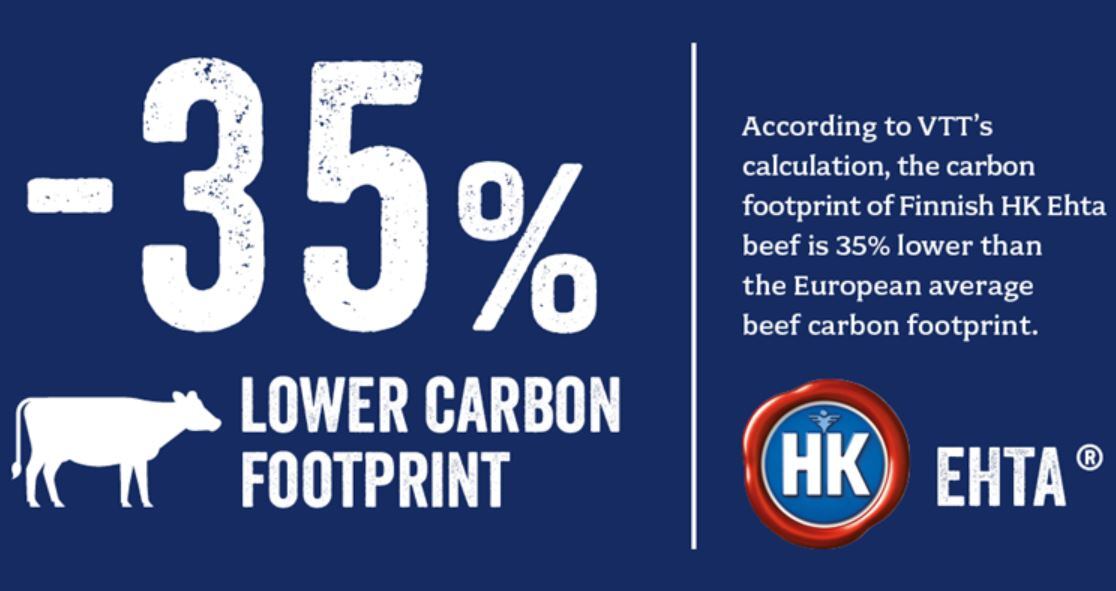The general public are confused about the difference between a food’s carbon footprint and calorie content, according to the study.
In the research, around 500 people were shown a series of images in random order, from one of ten food types (boiled rice, cheese, puffed rice cereal, boiled rice, baked beans, chicken breast, beef mince, fried chips, sliced apple, raw carrot) in one of three different portion sizes (small, medium, large).
They were then asked to estimate the carbon footprint, calories and weight of the foods, via either a multiple-choice selection of answers, a slider bar with minimum and maximum ranges, or a text box where respondents could type a numerical estimate.
Most participants overestimated the carbon footprints of the food they were shown (75%), with fewer underestimating (11%) the footprint and 14% correctly guessing the amount.
About 60% of people overestimated the energy content (calories) of the foods, with 17% underestimating, and 24% correctly guessing the correct amounts.
A crucial, and surprising finding of the study was that there was a strong correlation between peoples’ estimates of a food’s carbon footprint with their estimates of its energy content, which counters the findings of previous research.
While people could correctly estimate a difference in energy content between small, medium and large portions of food, they were not able to distinguish a difference in carbon footprint between small and medium portions of food.
The fact most people were unable to accurately estimate or distinguish between the energy content and carbon footprint of food, highlights the need for further education of the public, with particular focus on understanding the carbon footprint of food, said Dr Christian Reynolds, Lecturer in Food Policy at the Centre for Food Policy, City, University of London, and research lead on the study.
“This study shows that there is a food knowledge disconnect between the food research community and citizens. We can see that there is confusion over the carbon footprint and energy density of foods,” he said.
Animal vs plant proteins
He added the study suggested people underestimate the environmental impact of animal-based foods versus non-animal-based proteins. "We've done follow-up studies in the UK and within 10 different countries overseas. People on the whole are not connecting animal products through to their footprints and also their energy density."
He suggested to FoodNavigator carbon footprint labelling, a recent development whereby a product label will show how many grams of greenhouse gases were emitted during production, from sourcing raw materials, to manufacturing, transporting to the stores and to the end of life, could help bridge the knowledge gap.
The likes of Quorn and Upfield have embraced carbon footprint labelling, but the area remains ripe for innovation, he said. “I think carbon labelling is becoming more requested by consumers." He added: "They need to have more labelling and information because it is really confusing.”
He suggested other studies have revealed the benefits of labels are particularly evident for carbon footprint and 'indicate that consumers struggle to estimate numerical information'.
"Labels are crucial to ensure consumers make sustainable decisions, particularly for unfamiliar metrics like carbon footprint. Even a traffic light, or two sets of traffic lights, one for the food overall, and one for the food as part of its category, would be helpful. Carbon labelling needs to be investigated by brands now. If you don't have your foot-print numbers already, you need to talk to your sustainability team. This should not only be about labelling but product design."
Source
Piloting Citizen Science Methods to Measure Perceptions of Carbon Footprint and Energy Content of Food
Frontiers in Sustainable Food Systems
https://doi.org/10.3389/fsufs.2020.00120




